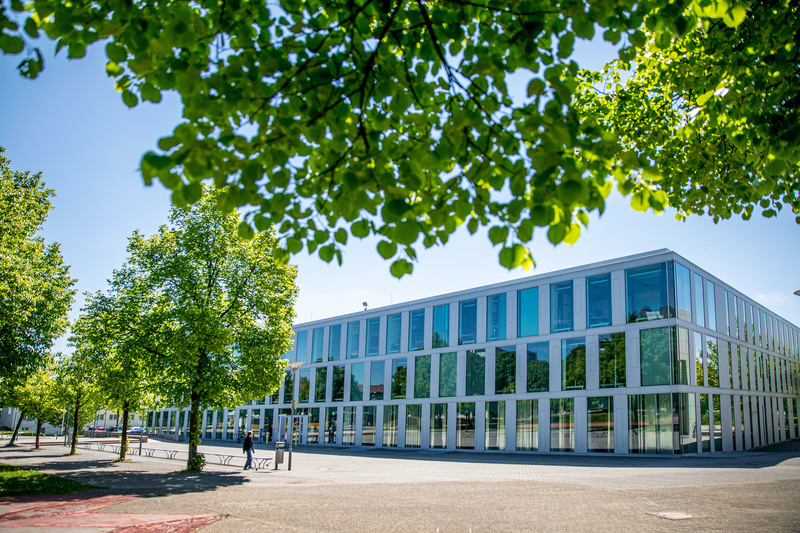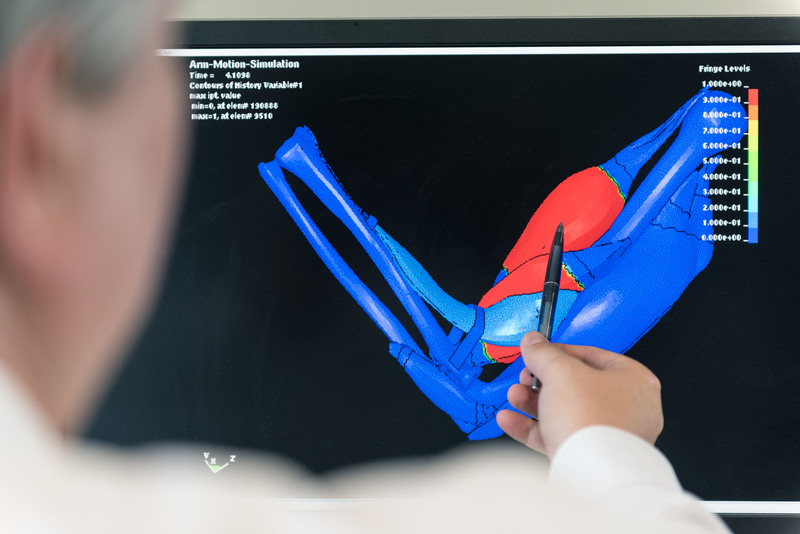The Stuttgart Way stands for the interdisciplinary integration of engineering, natural, cultural and social sciences on a foundation of top-flight disciplinary research. Nestled in one of Europe’s most vibrant industrial regions, USTUTT blends science,
economy, and society. From this fusion emerge variegated forms of interdisciplinary teamwork.
 Around 26.000 students are enrolled in the courses offered by the 150 institutes in the 10 different departments. USTUTT is among the top German higher education institutions with regard to third party funding (218 M Euro the third-party funding in 2018).
Around 26.000 students are enrolled in the courses offered by the 150 institutes in the 10 different departments. USTUTT is among the top German higher education institutions with regard to third party funding (218 M Euro the third-party funding in 2018).
The research activities are concentrated around eight interdisciplinary areas: “Modelling and Simulation Technology”, “New Materials”, “Complex Systems and Communication”, “Concepts of Technology and Technology Evaluation”, “Energy and the Environment”, “Mobility”, “Integrated Product Design and Production Organisation” as well as “Building and Housing”. The rankings of Deutsche Forschungsgemeinschaft (DFG, German Research Foundation) and Centrum für Hochschulentwicklung CHE (Centre for Higher Education Development) regularly show the University of Stuttgart to be particularly strong in research. In terms of third-party funds, the University of Stuttgart has been nationwide at the very top for many years. Indicators of our excellent status are two Clusters of Excellence as part of the Excellence Strategy to strengthen top-level research in Germany. The successful clusters are “Data-integrated simulation sciences (SimTech)” and “Integrative Computational Design and Construction for Architecture (IntCDC). “
Institute for Modelling and Simulation of Biomechanical Systems (IMSB)
The Neuromechanics Lab (NML)
The Neuromechanics Laboratory of the University of Stuttgart, was established in 2019, within the SimTech Cluster of Excellence “Data-Integrated
Simulation Sciences”, and the Chair of Continuum Biomechanics and Mechanobiology (CBM) of the Institute for Modelling and Simulation of Biomechanical Systems (IMSB).
The lab is currently led by Dr. Leonardo Gizzi, and is a shared space for all those who wish to investigate the relationship between human movement, its neural causes and its mechanical consequences. Furthermore it is a place to develop new devices
and to test and evaluate them directly. The experiments at NML range from basic neurophysiology to human-machine-cooperation and are expressly designed to provide real-world data for the development and validation of neuromusculoskeletal models.
 was officially inaugurated on June 1st, 2019. With its focuses on engineering, science and computational methods to enhance our understanding of biomechanical systems, it is the first of its kind within Germany.
was officially inaugurated on June 1st, 2019. With its focuses on engineering, science and computational methods to enhance our understanding of biomechanical systems, it is the first of its kind within Germany.